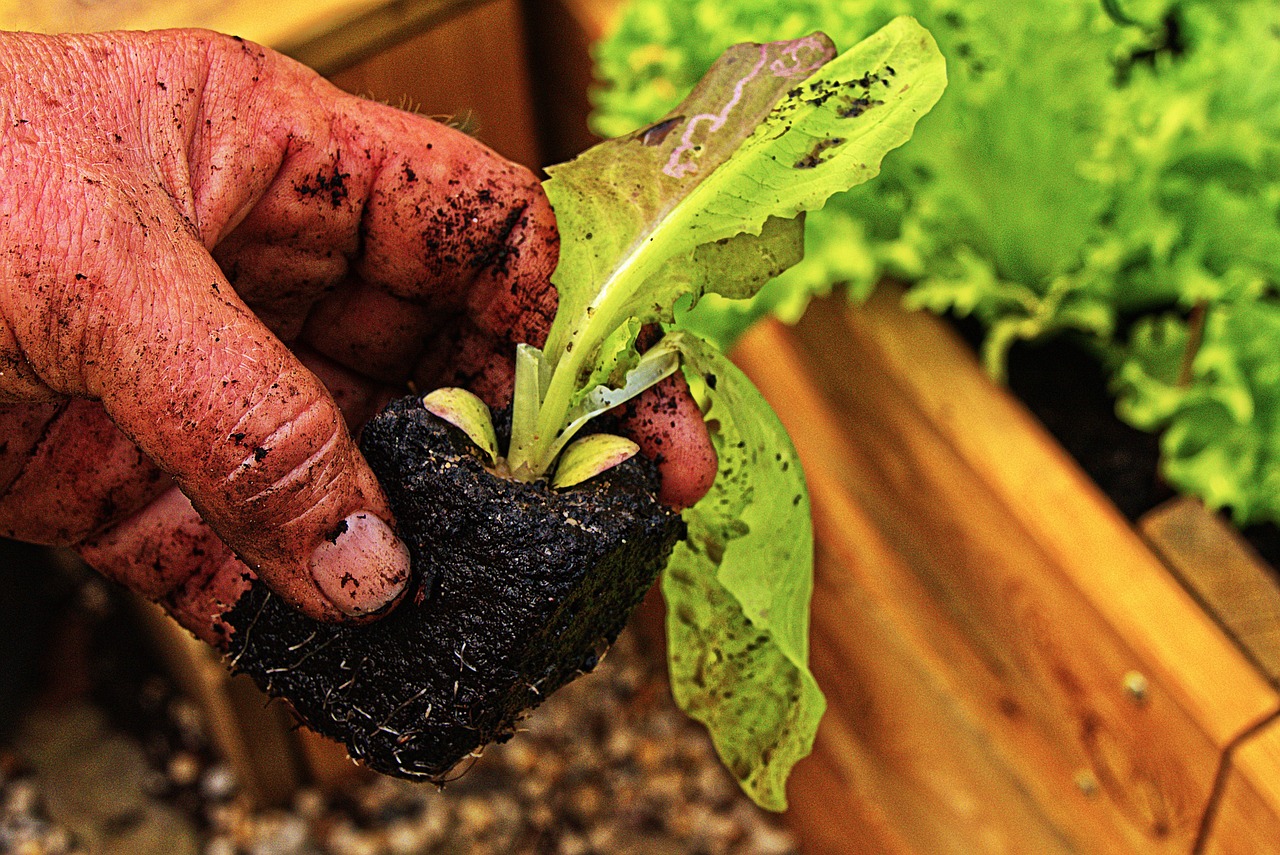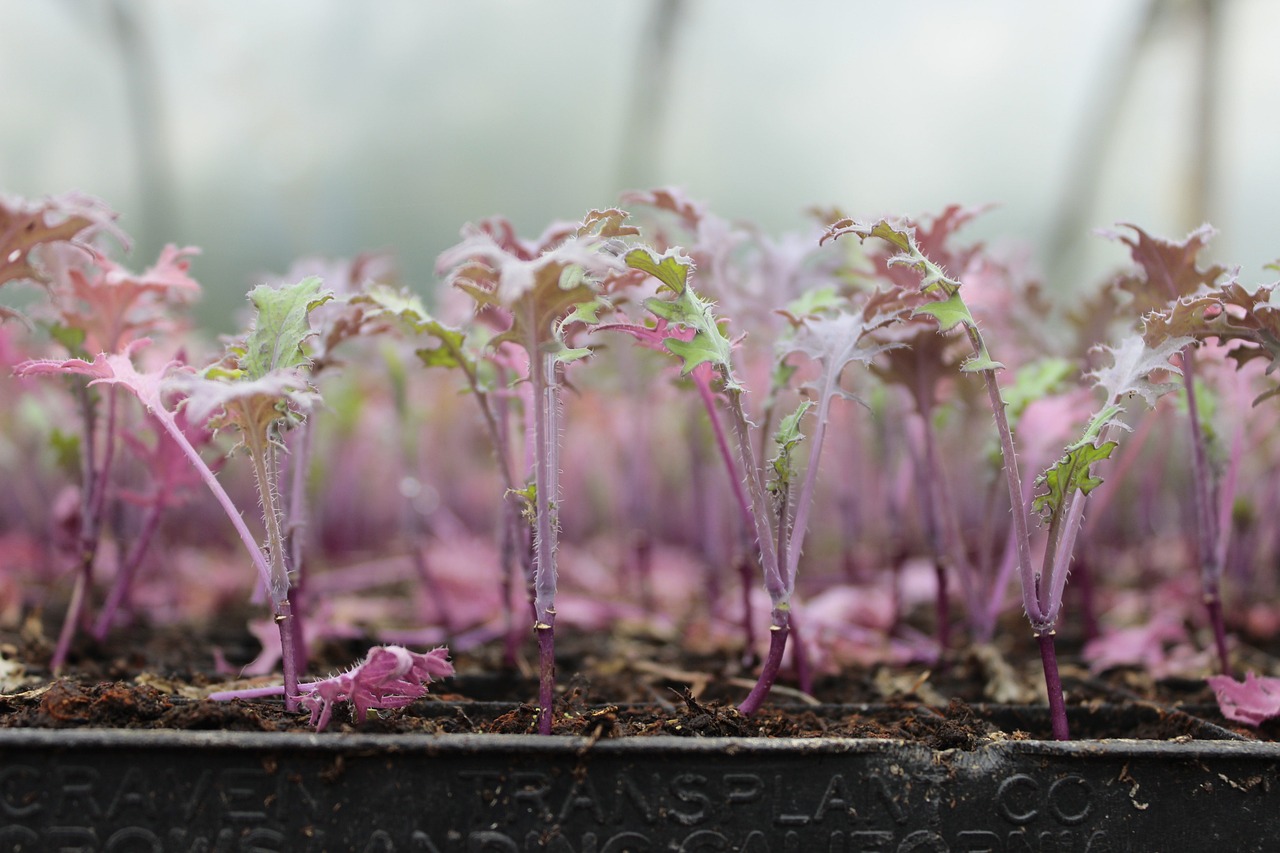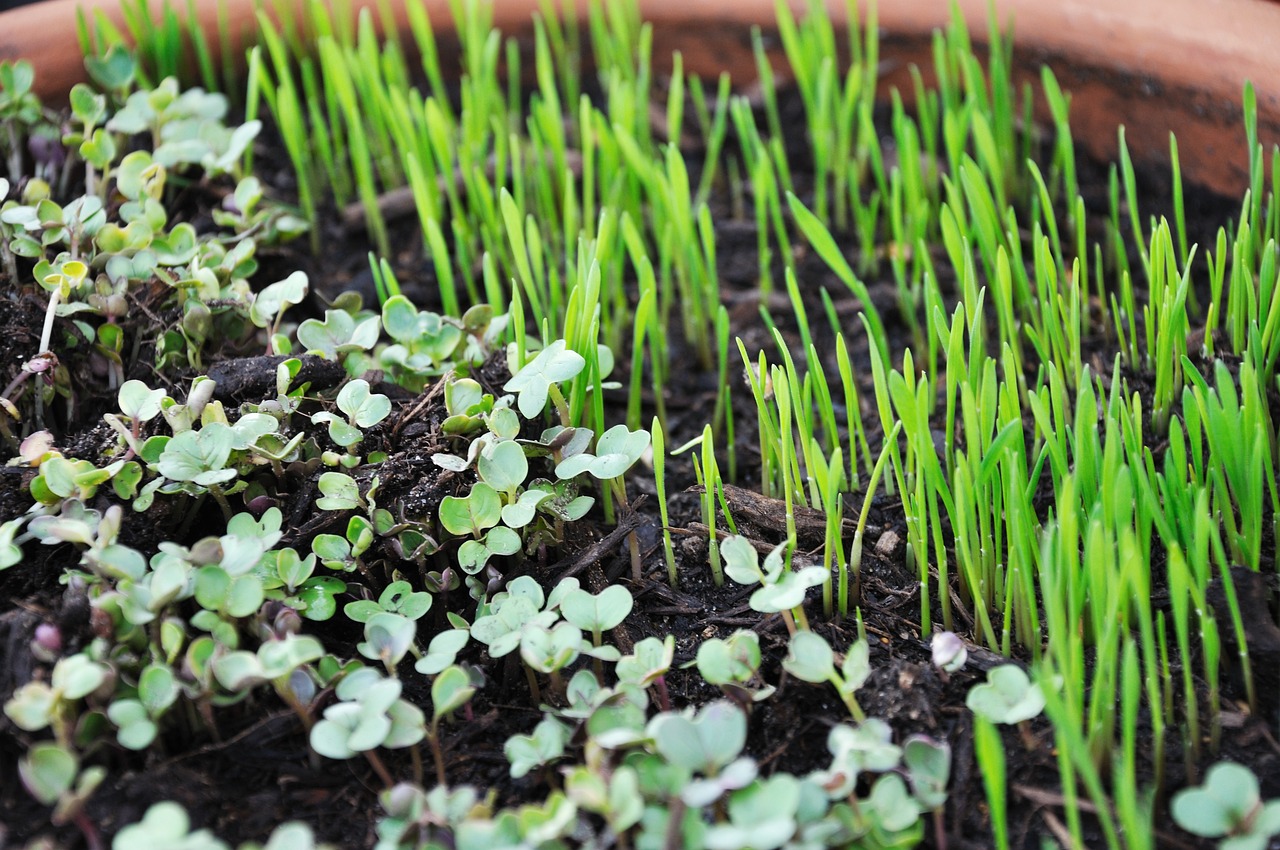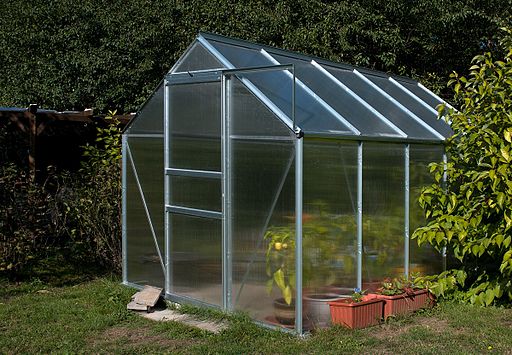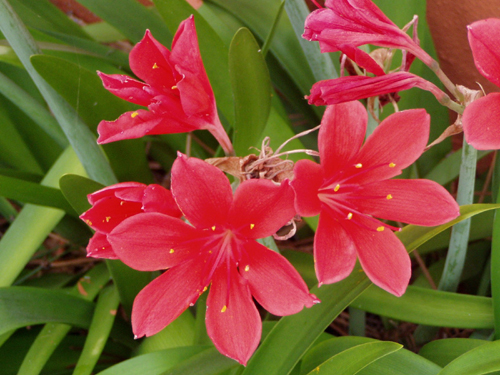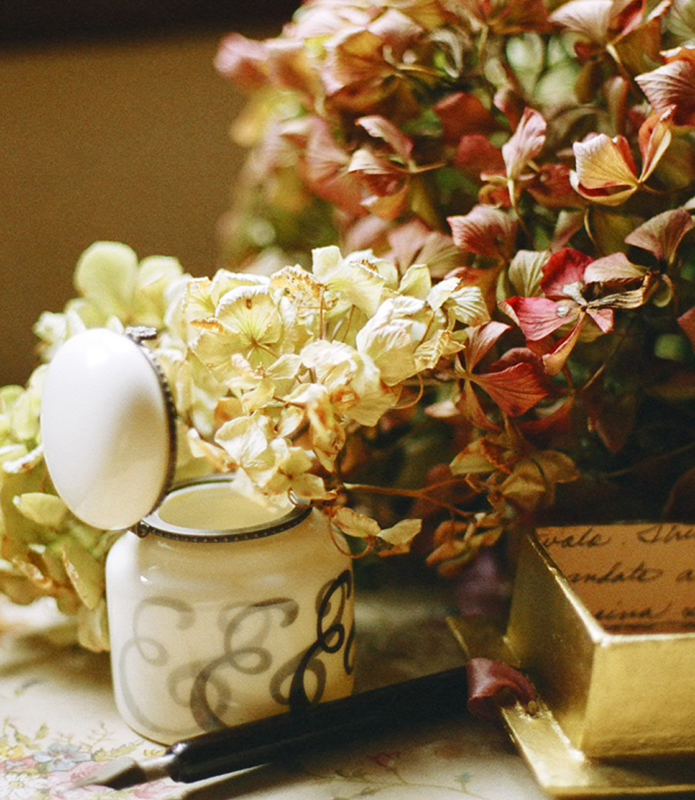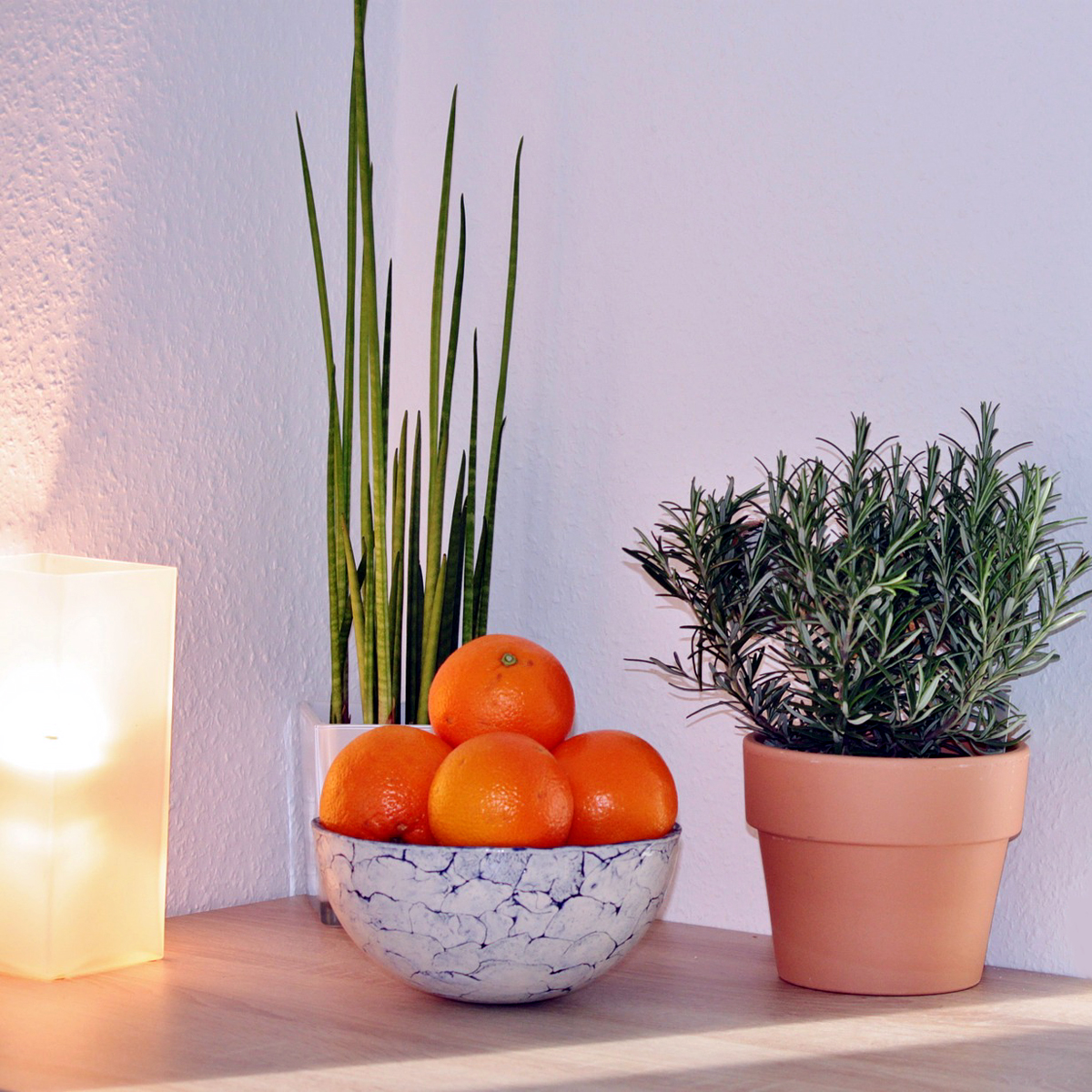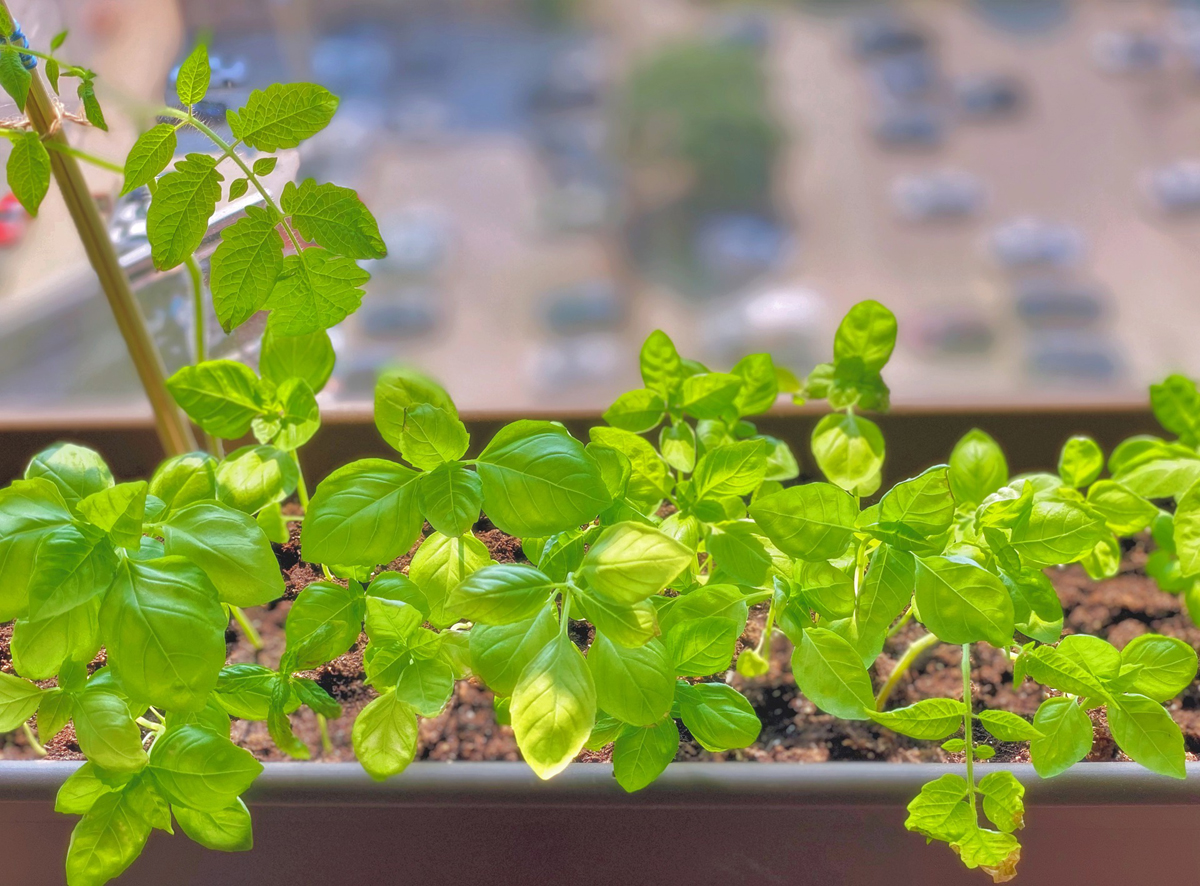Growing Basil Indoors During Winter
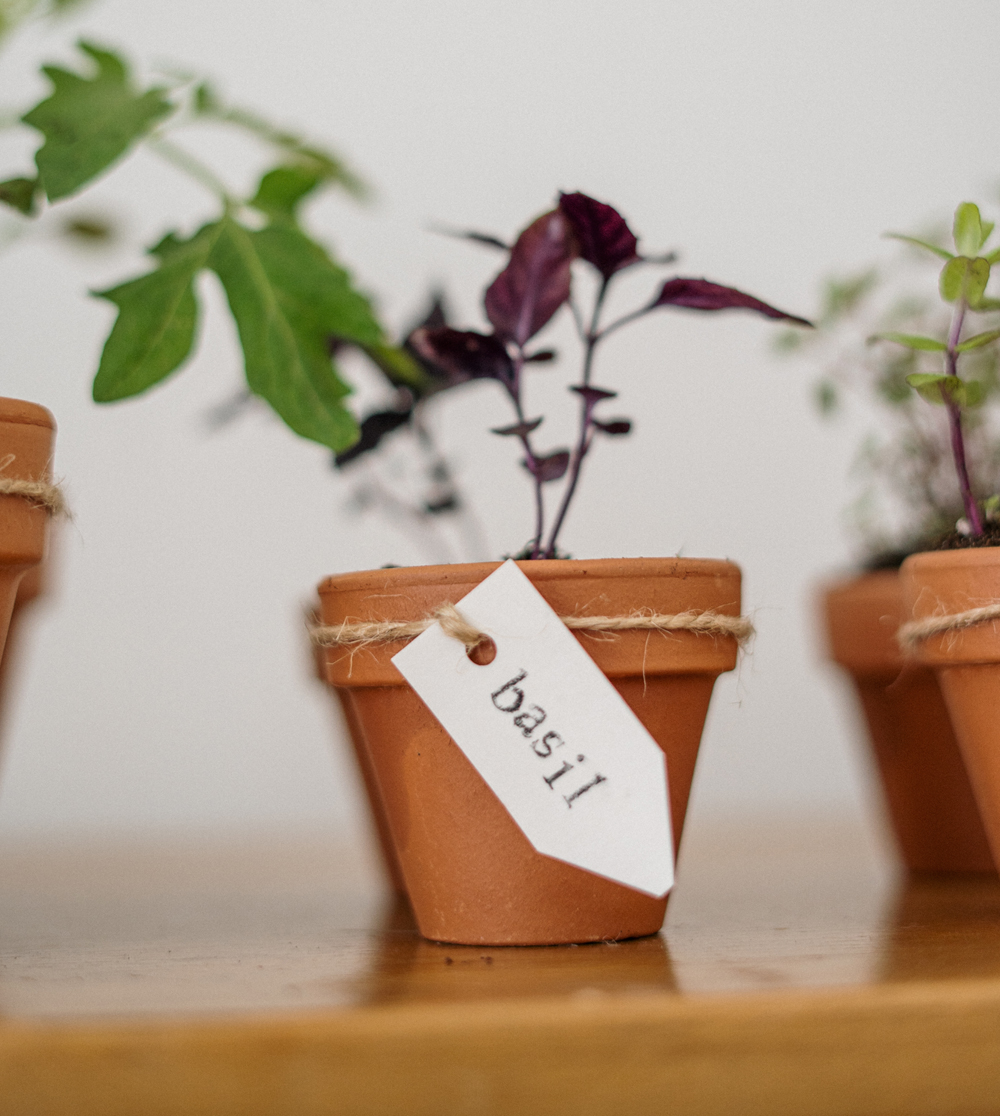
Just because it’s the winter season doesn’t mean that you have to stop growing your basil. Moving your favorite herb indoors and continuing its growth can be easy and even more convenient. Let’s take a look at a few tips for growing basil indoors.
Selecting The Right Lighting
One of the most important aspects of growing indoors is making sure that your herb has the proper lighting it needs to thrive. There are two options for this: natural lighting and artificial lighting.
Growing Under Natural Light
One of the best places to grow indoors is in your kitchen if you have access to natural light there. Growing in your cooking area allows you to conveniently snip your herbs and instantly use them in your meals. Your herb will need at least 4 hours of natural light daily and it’s best if you place them under windows that face south or southwest, though east- or west-facing windows also will do. North-facing windows are not bright enough to provide the necessary 4 hours of direct sunlight.
Growing Under Artificial Light
If you are unable to grow under natural light, you can always grow indoors using artificial light. Using this method will require you to set up a spot with fluorescent lights or specifically designed high intensity lights. This method will require that you provide the plants with at least ten hours of light exposure to remain healthy.
Remember These Tips When Growing Under Artificial Light:
- Keep your fluorescent lights about 2-3 inches away from the tops of your plants, and keep higher output and compact fluorescent lamps about a foot above the tips of your herbs.
- If you’re using very high intensity lighting, keep them about two to four feet above the plants.
Choosing The Right Potting
When growing indoors you may want to take a few other things under consideration that you otherwise might not think about when growing outdoors. For one, you need to lessen the amount of drainage indoor to make sure you don’t ruin your tabletop or windowsill by letting your potted basil drain on it. Also, when you let your plants sit in water they will rot and be ruined. Instead, place your potted plant on top of a saucer, liner or drain pan to catch water and protect you surface.
Although clay pots help with drainage, they can also dry out quickly. This is especially important to consider if you live in a dry climate or are growing herbs indoors during winter when the heater is running. Instead, try a glazed or plastic container that won’t dry out as quickly as clay.
Choosing The Right Soil
Basil is a unique herb in that it prefers a nutrient-rich, slightly acidic soil that drains easily. It’s best to select a light potting mix that contains a high percentage of organic matter. You need to make sure that the soil holds moisture but is never soggy. When purchasing your soil, choose a mixture that is formulated for foliage plants opposed to one formulated for flower production. Flower production of basil plants should always be avoided.
Indoor Temperatures for Growing Basil
Most people grow basil indoor during the winter for obvious reasons, but you can really grow basil indoor anytime of the year. Basil prefers the same temperatures that most people do, around 65 – 70 degrees Fahrenheit. So if you’re comfortable, it’s likely that your basil is too.
Now, time to get your indoor project started with the right type of lighting, pottery, soil and temperature you’ll be certain that you can enjoy the flavors and health benefits of your favorite herb year around. Keep these tips in mind, and good luck with your next indoor basil project!
Growing basil and other herbs at your own home is a great way to introduce gardening and a healthy lifestyle to your every day life.
The Author:
Andy Redding is a lifetime gardening enthusiast and passionate believer in a healthy, natural lifestyle. As an avid writer and gardener, he enjoys learning and exploring old and new tricks to better his life, and those of others.
Photo. Cottonbro
Source: EA

